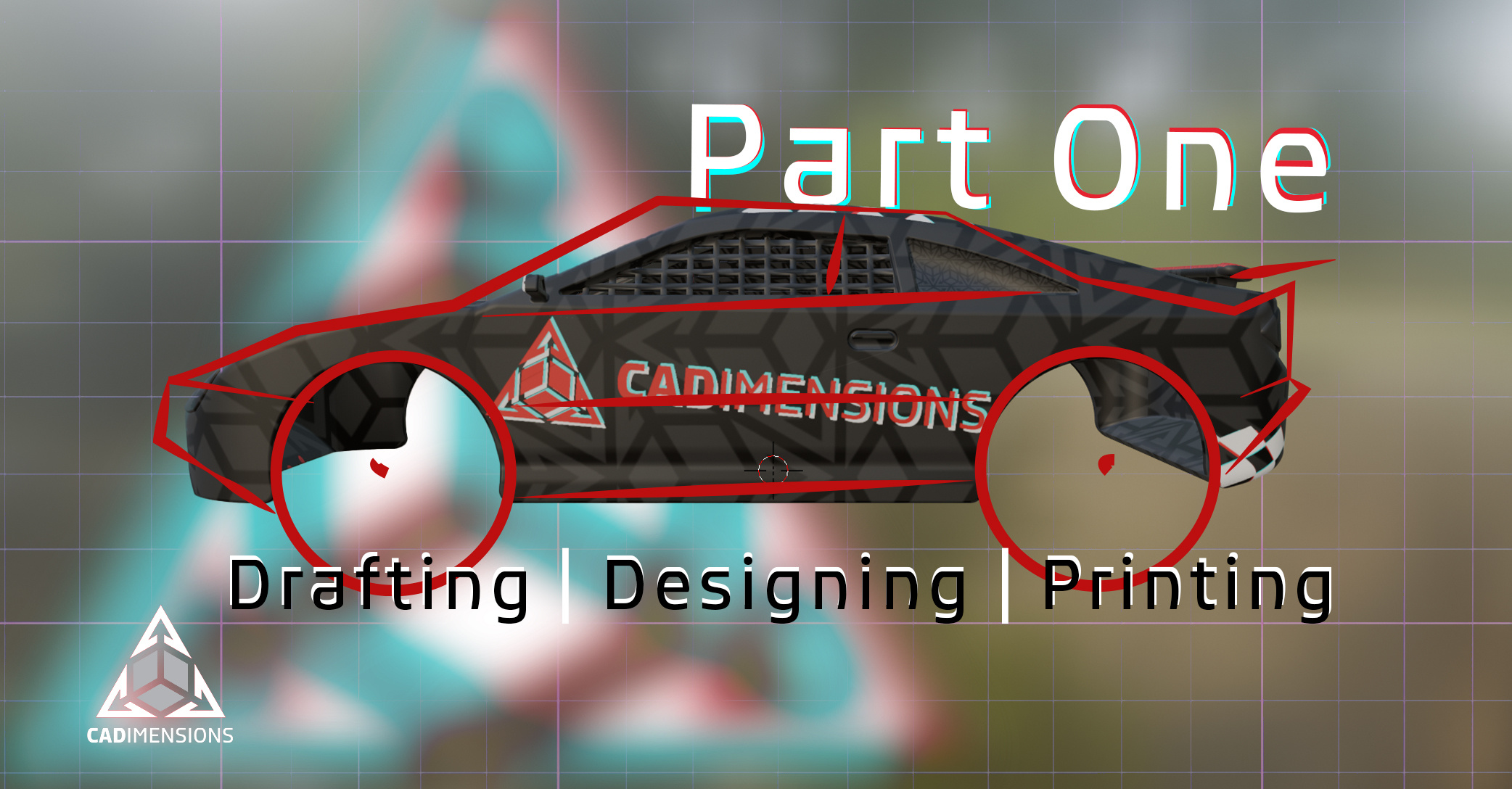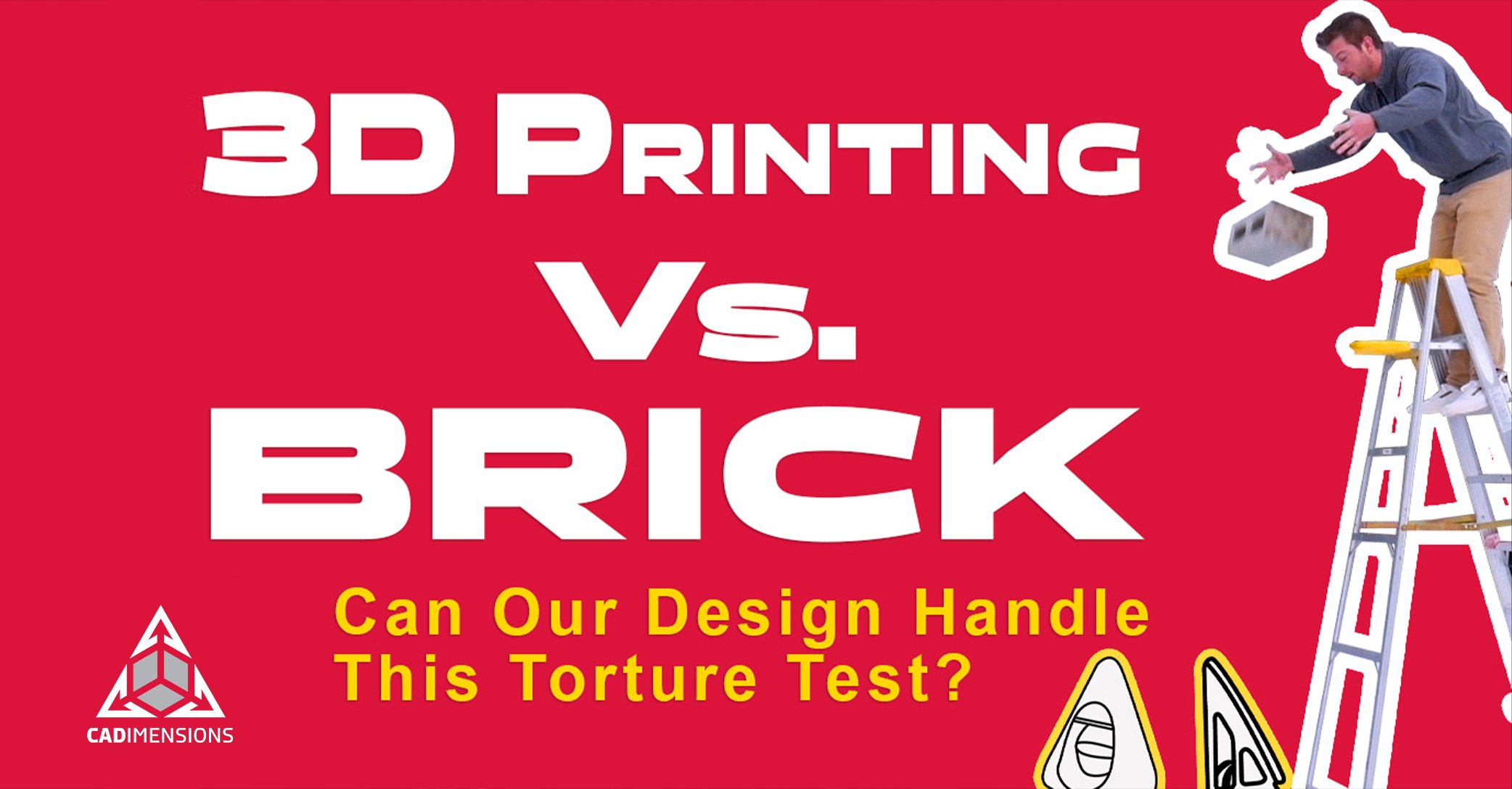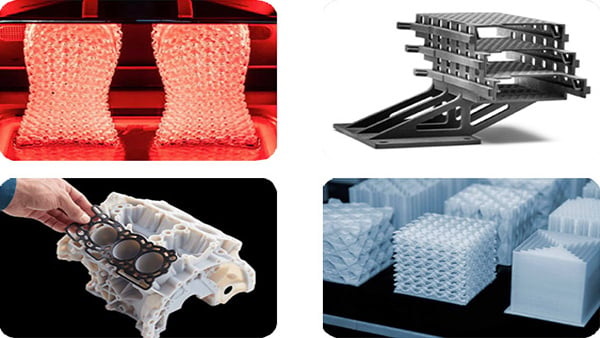SOLIDWORKS at 30: Tracing CAD’s Journey from PRONTO to the Cloud
If I hadn’t become an engineer, my backup plan was to be a history teacher.
I’ve always seen history as storytelling, just told through different lenses. So, in that spirit, I thought it would be fun to paint a picture of the history of CAD, and more specifically, SOLIDWORKS, from its inception to where it stands today.
The Early Days of CAD/CAM
Drafting began as a manual art—one practiced by visionaries like Leonardo da Vinci and, in my own family, my grandfather after World War II. The digital era began in the 1940s, with the emergence of computing. Dr. Patrick J. Hanratty, often called the “Father of CAD/CAM,” created the first numerical control programming system, PRONTO, in 1957. At that time, CAD was still in its infancy—designs were 2D, and engineers had to write lines of code to make them work, all on massive mainframe computers.
In 1963, Ivan Sutherland, working at MIT’s Lincoln Laboratory, introduced Sketchpad, the first program with a graphical user interface. This breakthrough was monumental. Through the 1960s, many major companies—Ford, Boeing, IBM, Lockheed—developed their own proprietary CAD systems due to the lack of commercial options.
That changed in 1967 when Itek released Digigraphics, one of the first commercially available CAD systems, at a hefty $500,000 price tag. In 1971, Dr. Hanratty struck again with ADAM, a CAD system written in FORTRAN. Remarkably, roughly 90% of today’s CAD programs trace their roots back to this software.
Evolving Software and Hardware
By 1973, CAD software began to shift toward usability. Unigraphics (now Siemens NX) improved 2D modeling and drafting, and in 1975, Computervision introduced surface modeling using Non-Uniform Rational B-Splines (NURBS)—a technique still in use today.
Between 1977 and 1981, Dassault Systèmes released CATIA, which brought 3D modeling into the mainstream. With the rise of 3D came the need for interoperability between systems. The U.S. National Bureau of Standards introduced IGES in 1980, a neutral file format that allowed users to exchange design files between software platforms. IGES remained widely used until STEP was introduced in 1994.
Then came a seismic shift: in 1982, John Walker founded Autodesk and released AutoCAD, the first CAD software designed for personal computers instead of mainframes. By 1985, AutoCAD supported 3D. In 1988, PTC released Pro/ENGINEER (now Creo), a breakthrough in user-friendly 3D modeling that built on the Sketchpad legacy.
The Rise of Windows-Based CAD
The 1990s saw a boom in CAD development, driven by the rise of Windows-based operating systems. In 1995, SOLIDWORKS launched, bringing powerful 3D modeling to the desktop with an intuitive interface. That same year, Solid Edge debuted, followed by Inventor in 1999, and Revit and SketchUp in 2000.
The 2010s marked the move to the cloud. Dassault Systèmes introduced the 3DEXPERIENCE platform and Autodesk released Autodesk 360 in 2012. Then in 2015, Onshape arrived, becoming one of the first fully cloud-native CAD systems.
My Personal CAD Journey
I’ve been using CAD software since the mid-1990s, starting with AutoCAD, then moving on to Inventor, SOLIDWORKS, Pro/ENGINEER, Onshape, and the 3D Experience platform’s X-Apps. My favorite, by far, is SOLIDWORKS, which I first used in its 2000 Educational version.
Looking back, the evolution is astounding. Early versions had just the basics—simple modeling, assemblies, and drawings. Since then, thousands of improvements have transformed the way engineers work. Key milestones include:
- 1996 – Advanced In-Context Assembly Modeling
- 1997 – Sheet Metal Design
- 2000 – Hole Wizard
- 2001 – Simulation (COSMOSWorks)
- 2002 – Mold Design Tools
- 2005 – Weldments
Each update was driven by user feedback, constantly refining tools to make engineers more efficient. Imagine designing today without these features—it would be a painfully slow process.
If you are interested in seeing a run-through of SOLIDWORKS 95, click here.
CAD Today and Tomorrow
In recent years, cloud collaboration has become the norm. With the 3D Experience platform, Dassault Systèmes enabled teams across engineering, sales, manufacturing, and marketing to work together seamlessly.
Now, we’re entering a new era: Artificial Intelligence. In July 2025, SOLIDWORKS will introduce Aura, an AI-powered virtual companion built into the 3D Experience platform. It’s designed to guide users through the design process, generate renderings, answer questions, and even automate tasks. It’s a glimpse into the next chapter of engineering productivity.
What Is AURA? The New AI Assistant in SOLIDWORKS Connected
SOLIDWORKS' new AI Designer is Big. CLICK HERE to see what this means for all CAD designers starting NOW.
The original vision of SOLIDWORKS was to democratize CAD—putting powerful design tools into the hands of more people. Thirty years later, that goal has not only been achieved but expanded upon in ways early users could only dream of.
If you’ve made it this far, you’re probably as much of a history buff as I am. So here is an infographic I found that traces CAD's evolution up to 2017. Enjoy!
Sign Up Now & Never Miss Out!
Get to know the CADimensions team and experience some new and exciting 3D printing and scanning technology as well as some awesome CAD software demos.

















